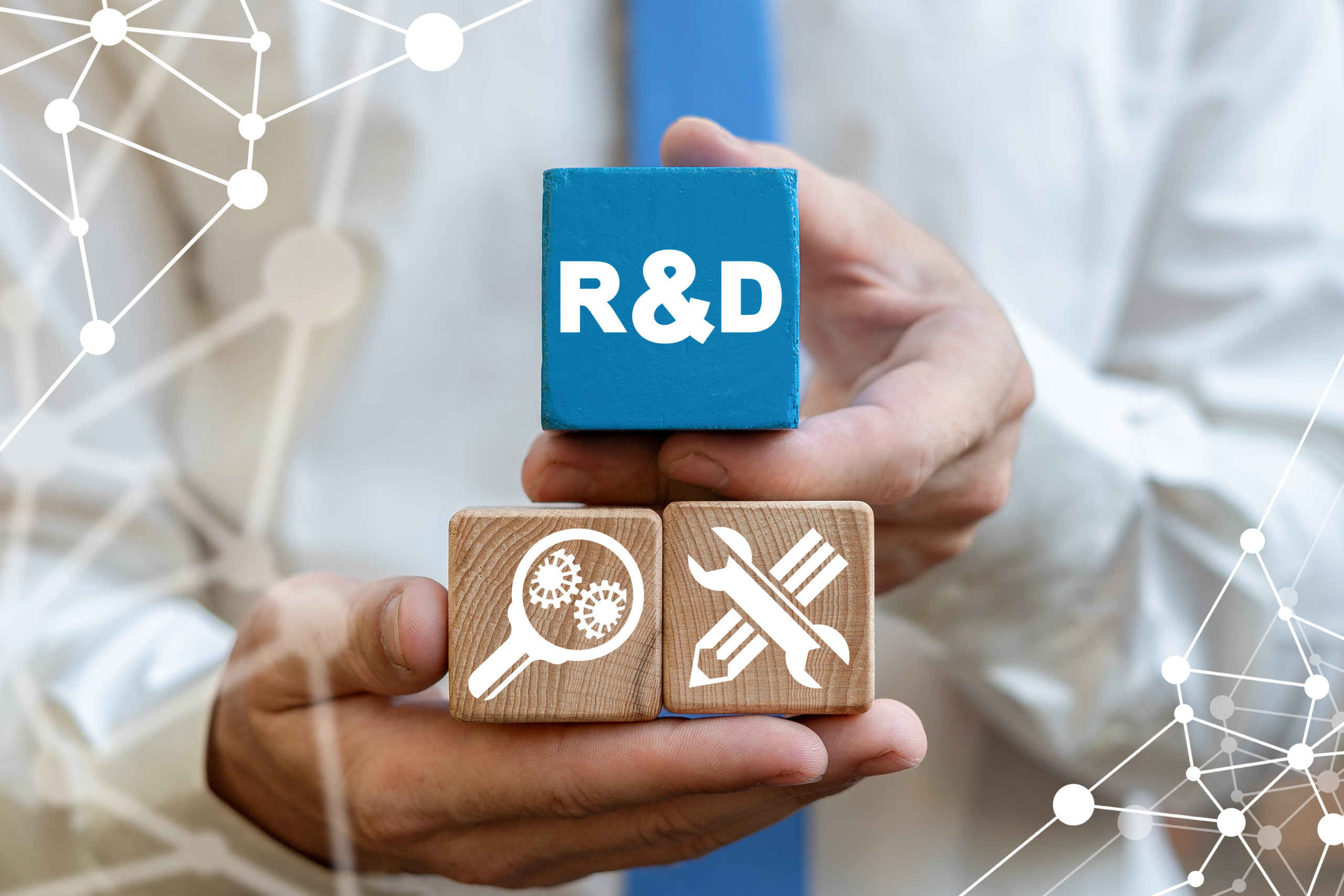Definition of R&D
‘Research and development’ is defined by legislation as activities that are classified by ‘generally accepted accounting practice’ as R&D.
However, to qualify for R&D tax reliefs, the activities must also fall within guidelines issued in regulations made by the Secretary of State for Trade and Industry and developed by the Department for Business, Energy and Industrial Strategy (BEIS) and HMRC.
Following these guidelines, R&D for tax purposes takes place when a project seeks to achieve an advance in science or technology. The activities that directly contribute to achieving this advance in science or technology through the resolution of scientific or technological uncertainty are R&D.
R&D tax reliefs will only be available when the expenditure has both been accounted for as R&D and meets the guidelines.
Qualifying expenditure
Having established expenditure has been accounted for as R&D and the R&D activities fall within the guidelines, in order to be qualifying R&D expenditure, the expenditure must be:
(1)attributable to relevant R&D directly undertaken by the company or on its behalf (subject to the subcontracting rules; see below); and
(2)incurred on any of the following:
(a)staff costs;
(b)software and consumables;
(c)externally provided workers;
(d)payments to the subjects of a clinical trial; and
(e)subcontracted R&D.
Qualifying expenditure on consumable items is limited to the cost of only those items fully used up or expended by the R&D activity itself and do not go on to be sold as part of a commercial product.
From 1 April 2023, expenditure on data, cloud computing and pure mathematics will be included as qualifying expenditure.
Subcontracting rules
The subcontracting rules affect who can claim tax reliefs for R&D expenditure and whether relief is given under the SME or the large company (RDEC). The rules can best be summarised in tabular form, as follows:
| Contractor | Subcontractor | Who can claim | Under which regime |
| SME | SME | Contractor (SME) | SME regime |
| SME | Large company | Contractor (SME) | SME regime |
| Large company | SME | Subcontractor (SME) | Large company regime |
| Large company | Large company | Subcontractor (Large) | Large company regime |
| Large company | Qualifying body | Contractor (Large) | Large company regime |
| Person otherwise than in course of trade | SME | Subcontractor (SME) | Large company regime |
| Person otherwise than in course of trade | Large company | Subcontractor (Large) | Large company regime |
A qualifying body is a charity, higher education institute, scientific research association, health service body or other prescribed body.
SME payments to subcontractors
Where an SME makes a payment to another person in respect of R&D subcontracted out to that person, only 65% of the payment will qualify for relief unless the SME and subcontractor are connected.
A joint election can be made for connected persons treatment to apply where it otherwise would not.
Where the parties are connected (or treated as connected), relief can be claimed on the lower of:
- the payment made to the subcontractor; and
- the relevant expenditure of the subcontractor.
The relevant expenditure of the subcontractor is the revenue expenditure on:
- staffing costs;
- software or consumable items;
- relevant payments to the subjects of a clinical trial;
- externally provided workers
it incurred in carrying on the activities to which the payments it received relates, provided that the costs were not subsidised.
The definition of ‘SME’
To qualify as an SME for the purposes of R&D relief, an enterprise must be within thresholds based on, but adjusted from, recommendations set down by the European Commission. Staff headcount must be less than 500, and one of the following tests must also be met:
- turnover not exceeding €100m;
- balance sheet total not exceeding €86m.





